|
Buying homeschool curriculum can be an extremely expensive endeavor--complete, in-the-box, grade kits, or various textbooks for various children. Even if you're homeschooling one child, purchasing year-long curriculum can shrink the bank account.
My husband is the main provider of our family, so we're basically on one income while homeschooling our daughter. We have learned a number of ways to acquire homeschool curriculum on a budget, including shopping at thrift and consignment stores, online, and other ways. This post may have affiliate links. These links direct you to products and publishers that have helped me in my homeschooling journey. When you click on and purchase something using these links, I receive a small commission at no charge to you. Thank you for your support. Homeschool Coupon Book Spring Group Giveaway Who doesn't need a bit of PayPal Cash and Homeschool Supplies? A group of bloggers has come together to offer a $220 value giveaway. The winner will receive PayPal cash to spend on Homeschool Needs and Homeschool Supplies that anyone will enjoy in their homeschool. We are choosing the supplies we love best or wish we had!! It's going to be a surprise you don't want to miss out on!! If you enter this giveaway, you will be added to the following email lists: Jus Classical, Peace Creek on the Prairie, Townsend House, BJs Homeschool, The Art Kit, Homeschool Coupon Book, Grapevine Studies, Jen Dodrill History, Brookdale House, and Homeschooling One Child. Enter below! Thrift Stores Where I live, we have a number of thrift stores such as those that support ministries like the Salvation Army and Habitat ReStores, that support Habitat for Humanity. These thrift stores vary greatly depending upon store, management, and locale, however, if they sell books, you stand a very good chance of finding quality (albeit used) curriculum. They may not be the newest publications, but usually with things like grammar, mathematics, literature, and Bible, it's okay. With math, unless you want to go the Common Core route, it's best to have older textbooks. Inventory is never predictable, and you almost have to go weekly to look at what they received in donations and put out to sell on the floor at any given time. At my local thrift stores, I have found LifePacs Bible curriculum, complete, for eighth grade (which I bought and put in my "future curriculum" tubby (that would be a suggestion, for you, too). I have also found a government / civics textbook that, although old (2008), the basic foundation of government is addressed in detail with questions to answer. That went into the future curriculum tubby for ninth grade. I have found living books that covered our study of Ancient History this year, and other living books and resources for our study of Human Anatomy and Physiology for next year. I have found literature textbooks and literature reading books (we're going to study literature next year after three years of grammar). Now, at these thrift stores, no book was over $2. At one thrift store, they were having a Bag of Books for 5 Bucks sale, so I stuffed that bag full of textbooks, readers, resources, you name it. Consignment Stores If you live in an area, like I do, that is blessed with a homeschool consignment store, I'd use homeschool curriculum catalogs to decide what subjects I want from what homeschool publishers, and I'd head to my homeschool consignment store with a list in hand. Even if a curriculum is not the newest publication, it still has relevant information. You can always supplement with newer material you find on the Internet. I have saved hundreds of dollars by utilizing both my local homeschool consignment store and consignment sales that happen in the community that offer books and homeschool material. When I bought Laura's 5th grade curriculum (a hodge-podge of different publishers because we're a Charlotte Mason / eclectic / traditional homeschool), I bought over $900 worth of resources for $74. No kidding. And much of it we will reuse, with harder supplemental material for later grades. If your local library has a Book Sale, absolutely attend that (bring a box or large bag for your acquisitions). Any non-fiction book that covers history or science (be mindful it aligns with your worldview) can be a textbook: read the chapter you want your child to read, and write out questions to be answered. Or, like I do with my daughter: she reads a section, and I ask her to write out what we call "Five Facts." These Five Facts are used for her to study and are written on the unit test. Again, inventory is wildly varied, but if you can find copies of well-known literature books, there are certainly worksheets to be found on the Internet for that book. Or, have your children write book reports on them. Library While we're on the topic of libraries, you can teach all subjects with just your library card. From preschoolers and kindergartners where you're reading to them, introducing letters and numbers, and allowing them to learn via play, to elementary school and beyond -- if you have no budget for an actual, store-bought homeschool curriculum, use the library. From literature to grammar, science to history, and everything in between, you and your child can read a book together, then create or print worksheets off the Internet, or develop projects or written reports. EBay I have a confession: I refuse to teach my daughter Common Core math, so I purchase older (early 2000s, before Common Core came into fashion) actual math textbooks, in which she uses spiral notebooks to work the problems. I go over the lessons with her, we do some problems together, then she does a section of problems herself. It works, and it has saved me a ton of money on math curriculum. Last year I also bought her science book this way and it went well, too (this year she wanted to learn astronomy). I just purchased her math book for next year. Yes, it's older and a little beat up, but it was less than $6. For someone who will be buying a whole year's worth of curriculum on a tiny budget, I really love spending $6 for a math book. To explore homeschool curriculum on Ebay, or other textbooks, just click here. Online An Internet search of "free online homeschool curriculum" can give you a list of many free online programs, and many families base their entire homeschool on those programs. If you have a Pinterest account, you can use that as a search engine for worksheets on many subjects, and therefore develop a curriculum that meets your budget. There are many homeschooling bloggers who create worksheet printables, curriculum, unit studies, and workbooks who are affordable -- and you're supporting a family, as opposed to a corporation. I've developed a list here for your perusal. I encourage you to check out this extensive list of curriculum, resources, conferences -- all to help you in your homeschooling journey. There are a few websites I use often (but am not an affiliate) in my own homeschool that, truth be told, I'd be lost without. Teachers Pay Teachers,Education.com, and Help Teaching all offer quality worksheets, projects, and unit studies for a wide variety of grades. Help Teaching in particular has a databank of testing questions so you can create comprehension tests on a wide variety of subjects and materials. The most important consideration, besides budget, of a curriculum is to make sure it works -- for your child, and you. We once tried a curriculum that frustrated both my daughter and myself, so we ditched it and found something else. Honestly, it's really difficult to do that when you've paid hundreds of dollars for something. Yes, I would love to be able to afford an entire, boxed curriculum but that's not for us in this season. I encourage you to check out the resources in bold above and find what works best for your child and you. That is, ultimately, one of the best benefits of homeschooling -- the parents and children get to determine what they learn, how they learn it, and from where they learn it. And you get to set the budget. Subscribers to Homeschooling One Child's email newsletter receive a free, homeschool budget planner! To receive your planner, and a wealth of other tips, deals, coupons, and subscriber-only info in the email newsletter, simply subscribe here. Happy Homeschooling! Terrie (C) 2021 Terrie Bentley McKee ALL RIGHTS RESERVED $200 Value Homeschool GiveawayWho doesn't need a bit of PayPal Cash and Homeschool Supplies? A group of bloggers has come together to offer a $220 value giveaway. The winner will receive PayPal cash to spend on Homeschool Needs and Homeschool Supplies that anyone will enjoy in their homeschool. We are choosing the supplies we love best or wish we had!! It's going to be a surprise you don't want to miss out on!! If you enter this giveaway, you will be added to the following email lists: Jus Classical, Peace Creek on the Prairie, Townsend House, BJs Homeschool, The Art Kit, Homeschool Coupon Book, Grapevine Studies, Jen Dodrill History, Brookdale House, and Homeschooling One Child.Enter Below!!a Rafflecopter giveaway
0 Comments
Encouraging your kids to explore the hobby of gardening can help them develop a basic understanding of botany and positive personal characteristics of self-confidence and a sense of achievement. Children have long been interested in the beauty of nature, and gardening offers a character-building opportunity for them to develop a better understanding of the world around them and explore virtues such as patience and responsibility.
All of these wonderful benefits await your child as he or she expresses a desire to learn more about gardening. And as parents, we have the responsibility to assist our children in the learning process. As you help your child plant his or her garden, you want to make sure that they learn how to do so correctly so that their plants grow, flower, and even produce fruit. But you also want your child to learn about the consequences that are a result of negligence. So below are some suggestions for steps you can take to make the process of establishing a garden as successful as possible for your child. The first step in starting a garden for kids is to talk with your kids about the plants that they are interested in growing in their garden. Ask them about their favorite vegetables. Perhaps they would rather grow a flower garden. Growing some flowering plants and some vegetable plants is a good idea because they attract bees that pollinate the vegetable plants. There are also certain types of plants that attract butterflies. Decide on a combination of a few plants. Do not go overboard. Start with just a few plants that your child can devote his attention to caring for. Another factor to consider when deciding on what plants to include when you are gardening for kids is the plant's resiliency. You do not want to start your child off with a high-maintenance plant. Some kid-friendly plants include the Sunflower, the Balloon flower, Lambs Ear, and Grape Hyacinth. The Sunflower and Balloon flower both have beautiful big blossoms and can grow to impressive heights (a fun thing for your child to see that they have been responsible for). The Lamb's Ear grows very soft leaves, and the Grape Hyacinth is a pretty yet very strong plant that doesn't need much more than the occasional watering to grow well. Once you and your kids have chosen the plants for your garden, purchase the plants and any appropriate mulch or fertilizer and get to work. Help your kids with the initial planting process. Teach them that plants need good healthy soil if they are to grow. Let the kids do a lot of digging to learn the value of hard work and later see the results of their hard work. Once the planting is done, the kids will need to water their plants regularly and ensure that their plant bed remains free of weeds and pests. It is a good idea to plan your kid's garden by your full-size garden so that they can see what it takes to make the garden grow. Encourage them to go outside with you to water and weed their plants as you do the same for yours. If you do not have land on which you can garden, grow a container garden. Some plants do very well in container gardens, and your child will have a very similar gardening experience even if their garden is potted. After much hard work, it is time for harvesting. Any vegetable plants can be picked, brought inside, and prepared for consumption. Parents, make a big fuss over the fact that your child is responsible for the great vegetables that are to be eaten. Make a meal that your child is especially fond of so that their vegetables taste even better. Here are some resources to help you explore gardening with your children (these may be affiliate links; when you click on these links and purchase something, we receive a small commission at no charge to you, that helps keep this website up and running. We appreciate your support). Homeschool Homesteading Course This homeschool homesteading course is designed for anyone who has a desire to live more independently and prepare much of what is needed each day using their own hands. In this elective course, the student can learn how to work for what they want by making it themselves, instead of participating in an “on demand” society. Homeschool students of all ages learn patience, along with the skills needed to make their own cleaners for the home, sunscreen, homemade ketchup and dry mixes, as well as how to choose animals and prepare for emergencies, and much more. Learning the patience and usefulness of “doing it yourself” can be immensely helpful not only in the sense of living a healthier life, but also for the budget! Homeschool families can live more simply by learning what many generations of people have known, but the current generation seems to have forgotten —live simply, make do with the basics, and take an active part in gaining the benefits for yourself, your family, and the world God has given us by having fewer chemicals in the home. Sign up HERE. Gardening Books and Planners These books from ChristianBook.com cover garden planning, various fruits and vegetables, herbs, and a host of other garden-related resources. Dive into gardening HERE. 'For Such a Time as This' Online Summit Gardening is a huge part of preparedness, as you can grow food to feed your family in times of uncertainty. John 16:33, “I have said these things to you, that in me you may have peace. In the world, you will have tribulation. But take heart; I have overcome the world.” The urgency is great. With all we have seen in 2020 and 2021 we know it does not hurt to be prepared! Friend, God's Word is and needs to remain our go-to source of information and encouragement. It gives us direction and brings us peace and He called us to be watchful and be prepared. But what does that look like? If you need to learn more about staying prepared join us for the For Such a Time as This Summit! Join the summit today for 60+ LIVE and pre-recorded sessions, discussion groups, giveaways, and a digital swag bag of resources! Sessions will be live on Zoom followed by breakout room discussions. Included in this amazing conferences are sessions on HOMESCHOOLING, Faith, Family, Discipleship, Apologetics, and of course, Preparedness! Get your ticket and lifetime access to all sessions for just $25. Don’t delay! SIGN UP HERE. Gardening can be incredible fun with your kids, but it can also be highly educational. It blends science, math, nutrition, with physical exercise, and great food, too. See you in the garden! ~ Terrie (C) 2021 Homeschooling One Child |
AuthorTerrie Bentley McKee is an author and speaker who homeschools her youngest daughter. Married to her husband Greg, they have four children, all of whom have special needs of varying degrees. Terrie is a follower of Jesus Christ and tries to glorify God in all she does. To read more about her testimony, click here. Affiliate LinksHomeschooling One Child is a participant in the Amazon Services LLC Associates Program, an affiliate advertising program designed to provide a means for sites to earn advertising fees by advertising and linking to amazon.com. Check out our YouTube channel!Check out our podcast!Please pin!Archives
January 2024
Categories
All
|
- Home
- Blog
- Podcast
-
Resources
- Teach What is Good Devotional
-
Convention Resources
>
- Homeschooling a Teen with Autism
- Tips on Creating a Disability-Inclusive Church
- How to Teach Your Exceptional Child about Faith
- Homeschooling Preschoolers with Autism
- How to Pick Developmentally Appropriate Curriculum for your Autistic Child
- Overwhelmed
- Homeschooling One Child
- Life Skills Chickens
- Strategies on Homeschooling Kids with Special Needs
- About Us >
- Vlog
- Homeschooling News
- Printables
- Special Needs
- Curriculum
- Encouragement
- Home Management >
- History
- Science
- 25 Days of Advent
- Courses
- Store
(C) 2023 Terrie Bentley McKee ALL RIGHTS RESERVED
- Home
- Blog
- Podcast
-
Resources
- Teach What is Good Devotional
-
Convention Resources
>
- Homeschooling a Teen with Autism
- Tips on Creating a Disability-Inclusive Church
- How to Teach Your Exceptional Child about Faith
- Homeschooling Preschoolers with Autism
- How to Pick Developmentally Appropriate Curriculum for your Autistic Child
- Overwhelmed
- Homeschooling One Child
- Life Skills Chickens
- Strategies on Homeschooling Kids with Special Needs
- About Us >
- Vlog
- Homeschooling News
- Printables
- Special Needs
- Curriculum
- Encouragement
- Home Management >
- History
- Science
- 25 Days of Advent
- Courses
- Store
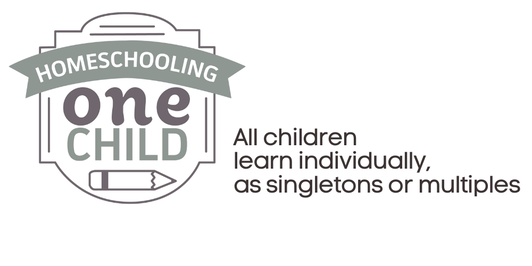
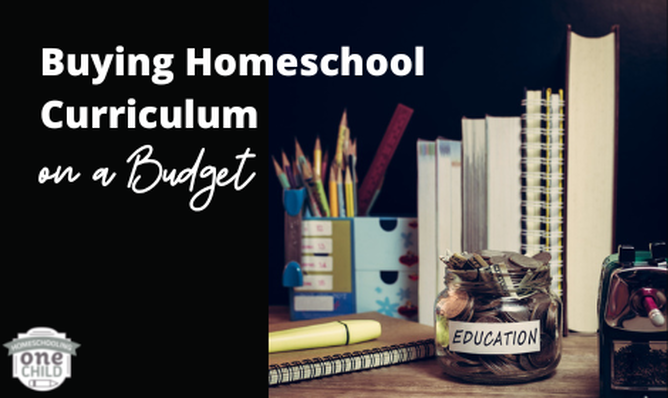
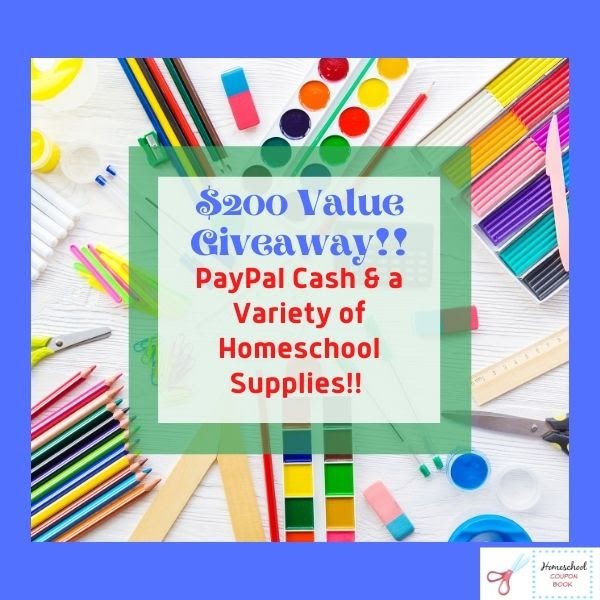
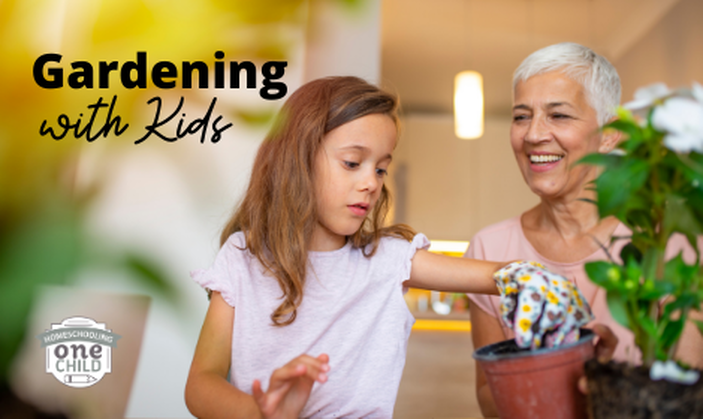
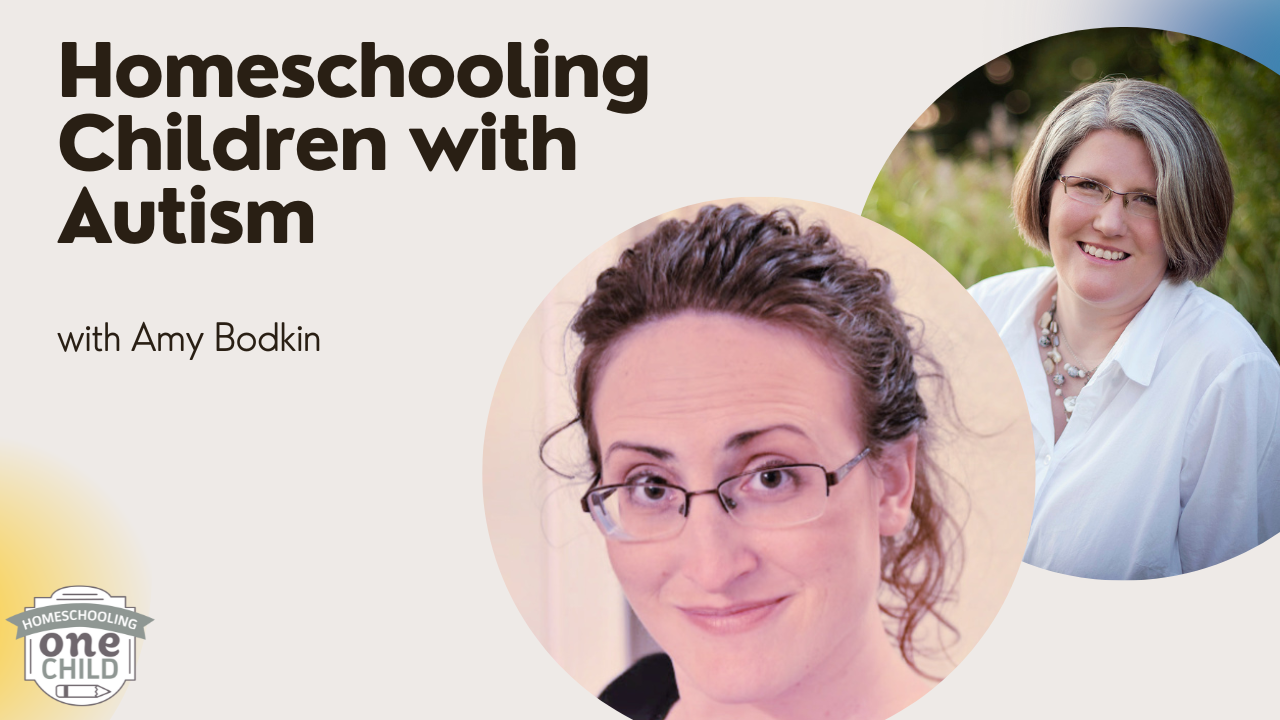
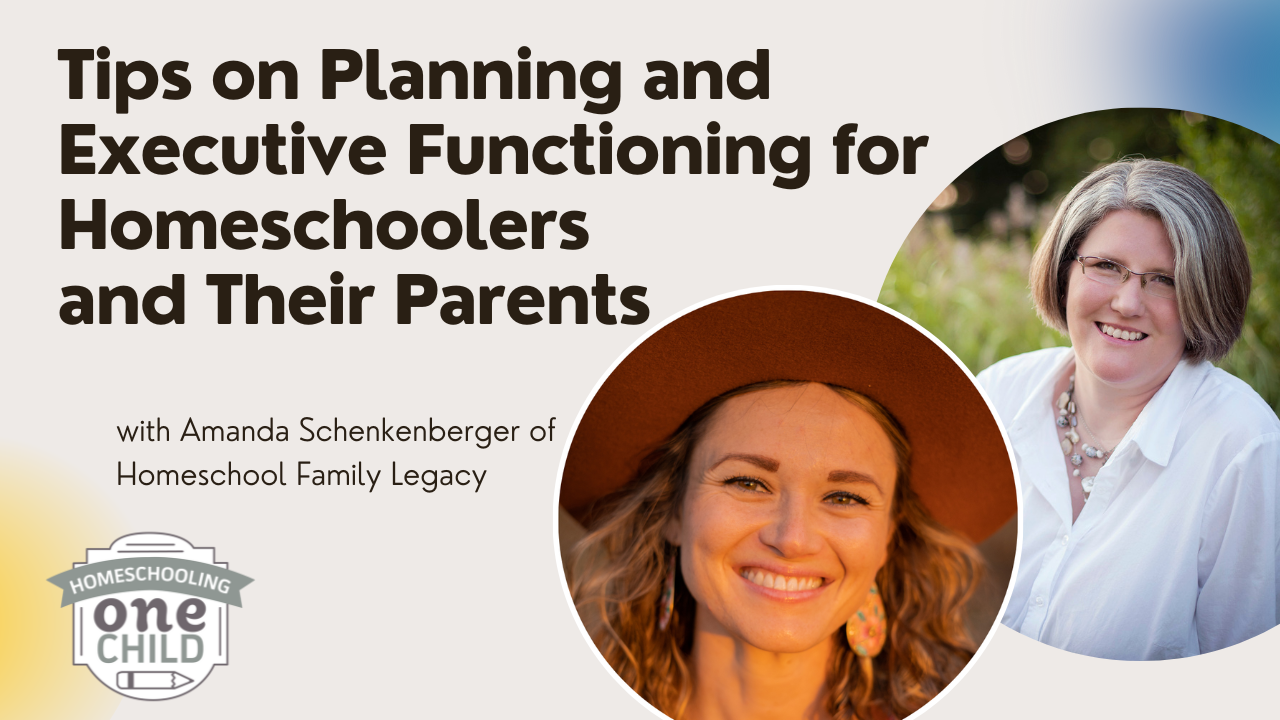
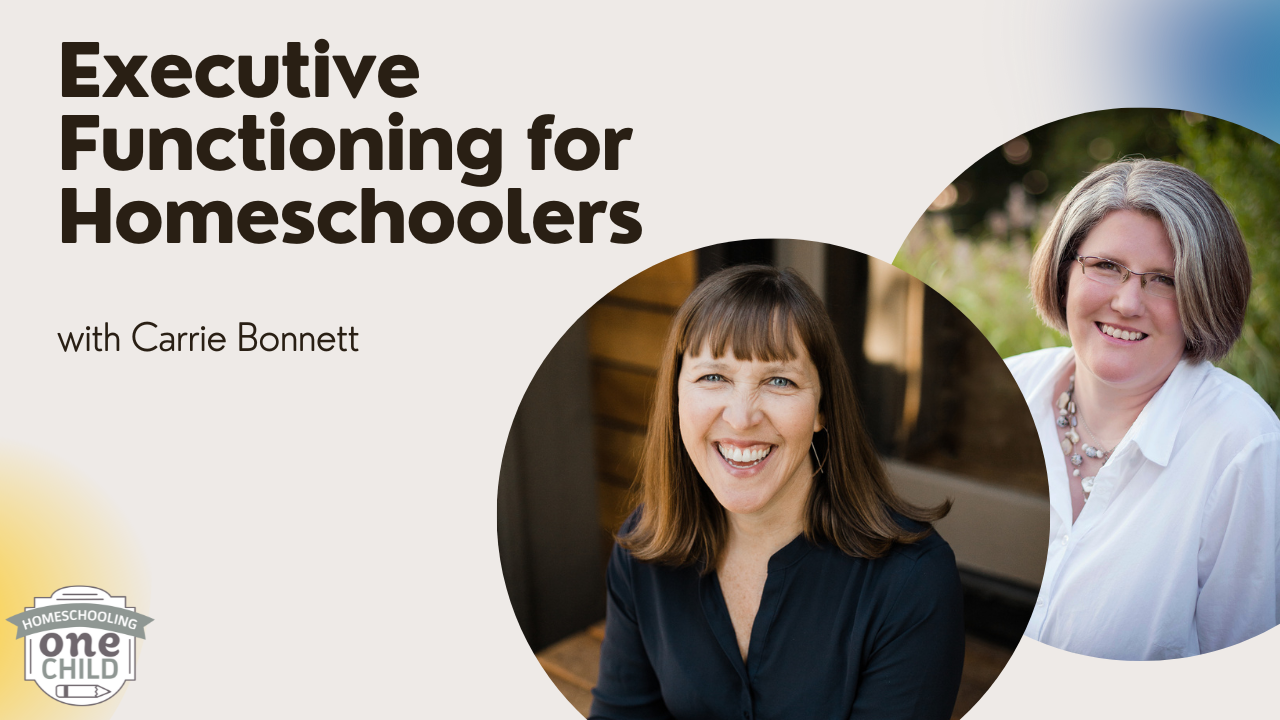
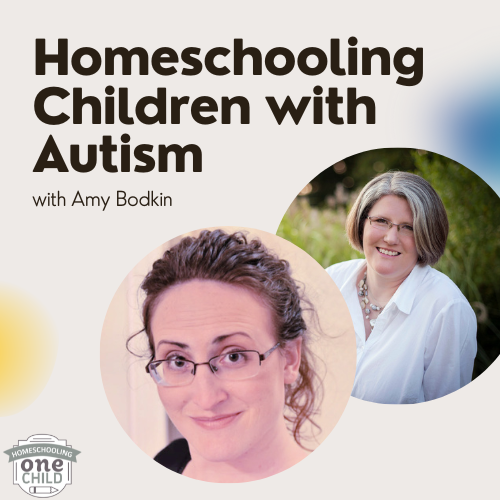
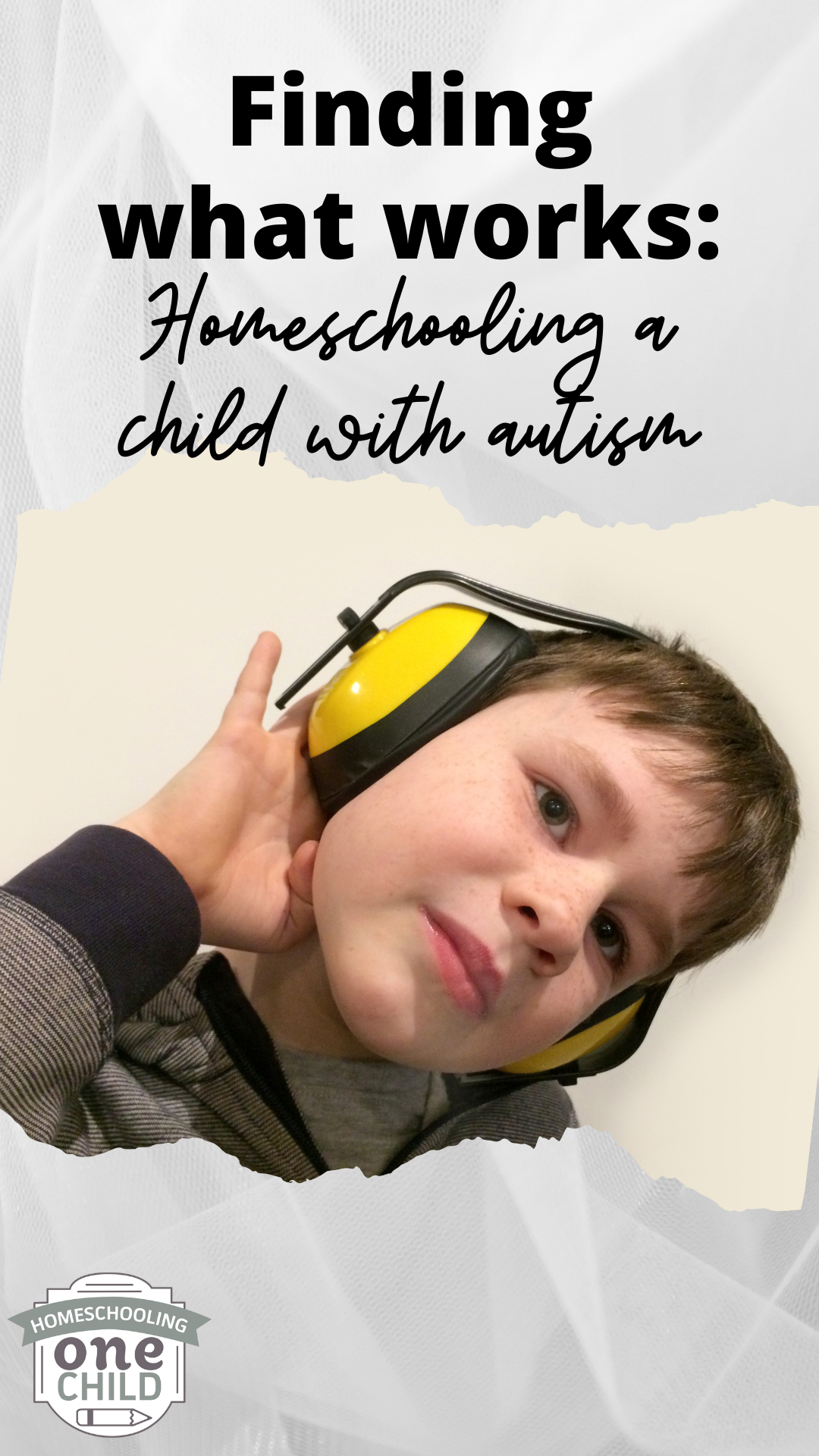
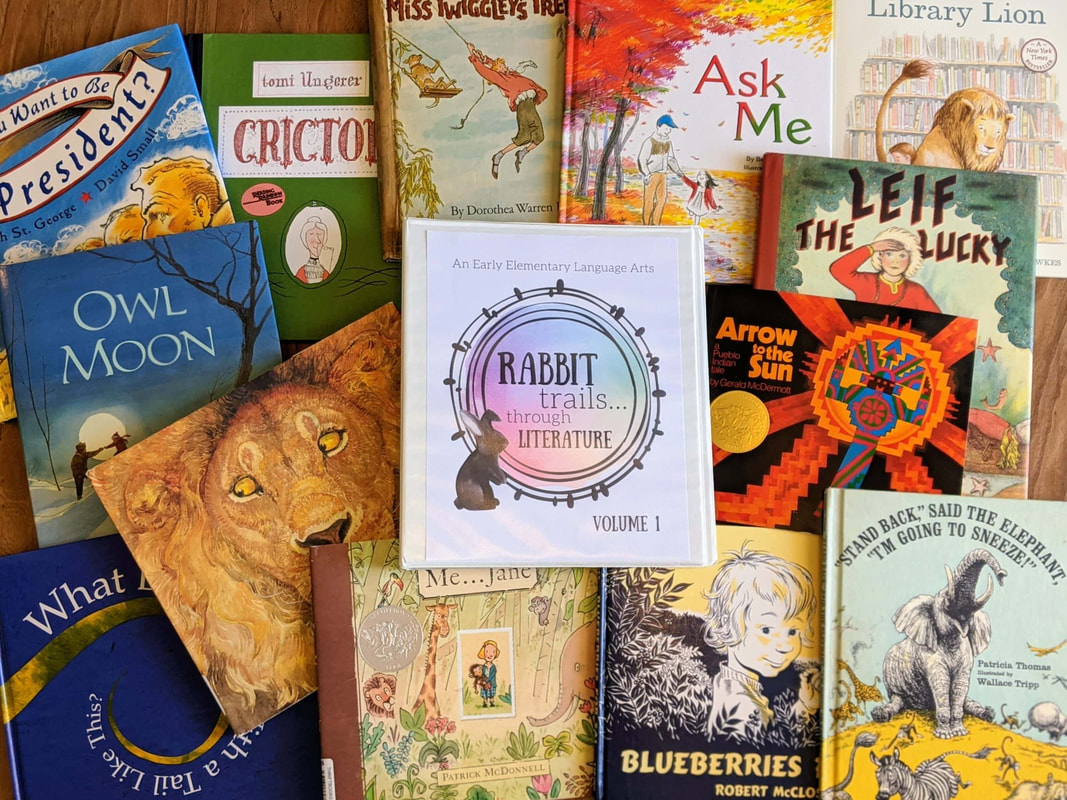
 RSS Feed
RSS Feed
